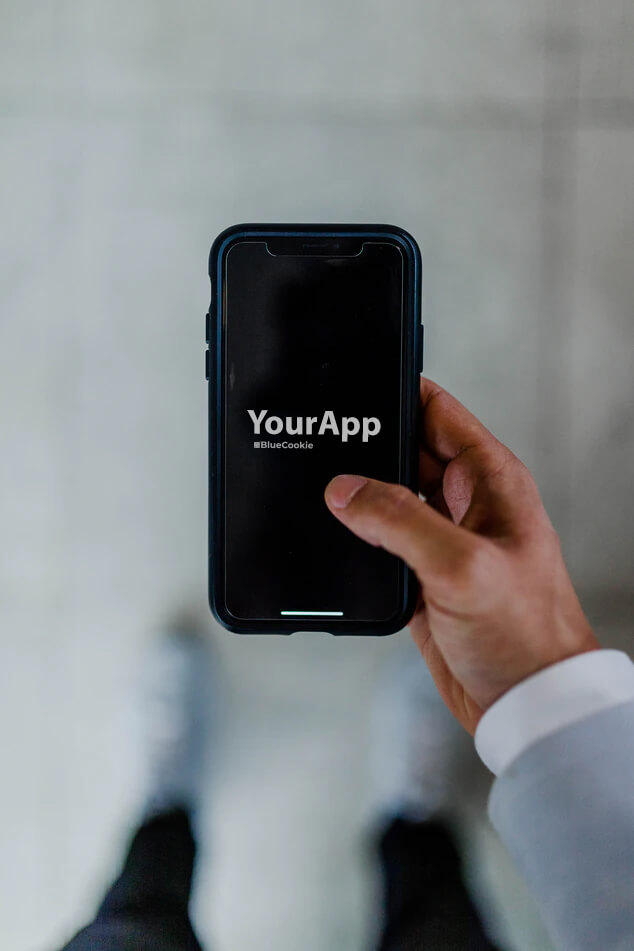What You Need To Know About A MVP App

What is an MVP?
An MVP is based on the concept of lean start-up coined by Steve Blank. An MVP has just enough features to capture the attention of potential audiences, to test assumptions of a product and gather feedback before launching into expensive and time-consuming features that may have to be changed as they did not meet the needs or wants of the target market.
Why an MVP?
MVP’s is the quickest way to get your product to market to test the demand of your product and gradually introduce new features. This provides time for analysing the preferences of your audience whilst learning what works and what doesn’t. An MVP also saves on expensive implementation costs and prevents failure of certain aspects as well as giving you time to gather information and enhance your user base. This approach helps you find faults quicker and come up with new ideas that will increase market opportunities
Common Mistakes
The need to have a perfect product released first time with every feature included.
Not looking at the long-term vision and benefits of scaling up a project.
Purchasing a full product without establishing the developer’s capabilities.
Testing
To accelerate learning and minimise risk of an MVP, the product is typically deployed to a subset of potential customers. These customers are thought to be more understanding of the protype and are willing to provide feedback. This group have generally bought into the long-term vision of the product. Testing the potential business model is vital and is especially useful for new business ideas. This enables validation of a new idea in the business environment with the least expense. Gradual testing of different components allows for financial viability whilst gaining knowledge at each stage. These findings can be used in a valuable planning process where new features, timelines and financial viability are assessed.
Releasing the final product
As the product has been built gradually and each stage has been checked for viability, the product success will be greatly and should serve the needs of all stakeholders.
Posts
Do Anything You Want To Do.
I don’t suppose most digital natives or Gen Zs will think ‘Thin Lizzy’ when they hear the words ‘do anything you want to do’. What was once the domain of the genuine tech wizard is now commonplace. On the one hand that’s amazing. On the other it brings with it the temptation to stuff your app full of all sorts of functionality that won’t necessarily add value.
Top Five Things To Think About Before You Build An App
Like most app developers, we’ve had our fair share of people through the doors with the next big idea for an app that’s going to change the world. Sadly, most won’t, although that’s often down to the other aspects of the business or processes that haven’t been sufficiently thought through.
What Happens Next.
You have a vision. You’re going to build an app that will change the world. (Or at least, make a difference for the people who are fortunate enough to use it.). A wise man once said, ‘vision without action is hallucination. You could google app developers, get in touch with a few and ask
